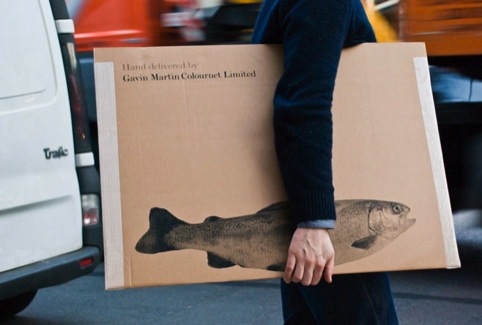What makes a good client relationship?
There’s been an interesting to-and-fro on Design Week this week about the client/designer relationship.

Louise Kyme, brand & design manager at the British Heart Foundation (and commissioner of some truly great design work) kicked things off by setting out her tips on a fruitful creative relationship.
Much of her advice centred on clients trusting their own judgement, maintaining high standards (‘do not accept bad craftsmanship’) and, really importantly, having an open and friendly relationship with the consultancy (‘it’s OK if they take the mickey out of you in the pub’).
Magpie Studio’s Jamie Ellul meanwhile, gave the consultancy perspective, pointing out that the most constructive relationships his studio has are generally with other creatives – 4Creative at Channel 4, Arem Duplessis and Gail Bichler at the New York Times etc.
This brings obvious advantages such as shared creative understanding and communications.
Liz Dunning in our voxpop makes the valid point that it’s all very well talking about the ‘softer, touchy-feely’ side of client relationships – but the most important and challenging conversations often happen around three more difficult issues: money, timing and delivery.
In all these suggestions, there were several recurring themes and words: trust, partnership, listening, talking.

And these things ultimately boil down to one word. Communication.
Now this is all very well for those on the consultancy side – designers are, after all in the business of communication.
But as Figtree’s Simon Myers points out in the voxpop, this might not be so easy for the client, particularly in the current climate of overstretched, over-stressed and occasionally inexperienced commissioners.
As Myers says, ‘Many people involved in marketing client-side are being asked to do things that they have not done before… this is often in an unforgiving company environment with very senior people randomly involved with strong opinions, tight budgets and unrealistic deadlines.’
In this context, with its obvious constraints on communication, there is still one thing that needs to be clearly set out by the client to the designer – the objective, or, as Myers says, ‘what success looks like’.
In a perfect world there would obviously be open and constructive communication at every stage of a creative commission. But if all else fails, so long as both client and designer have an idea of what the ultimate goal is, then they’ll still have some chance of getting there.
-
Post a comment




